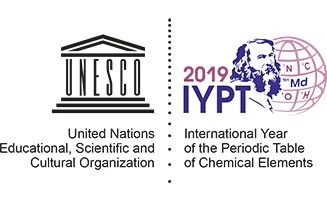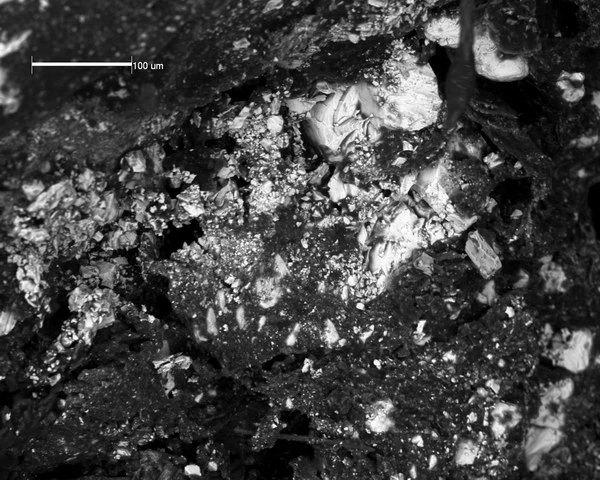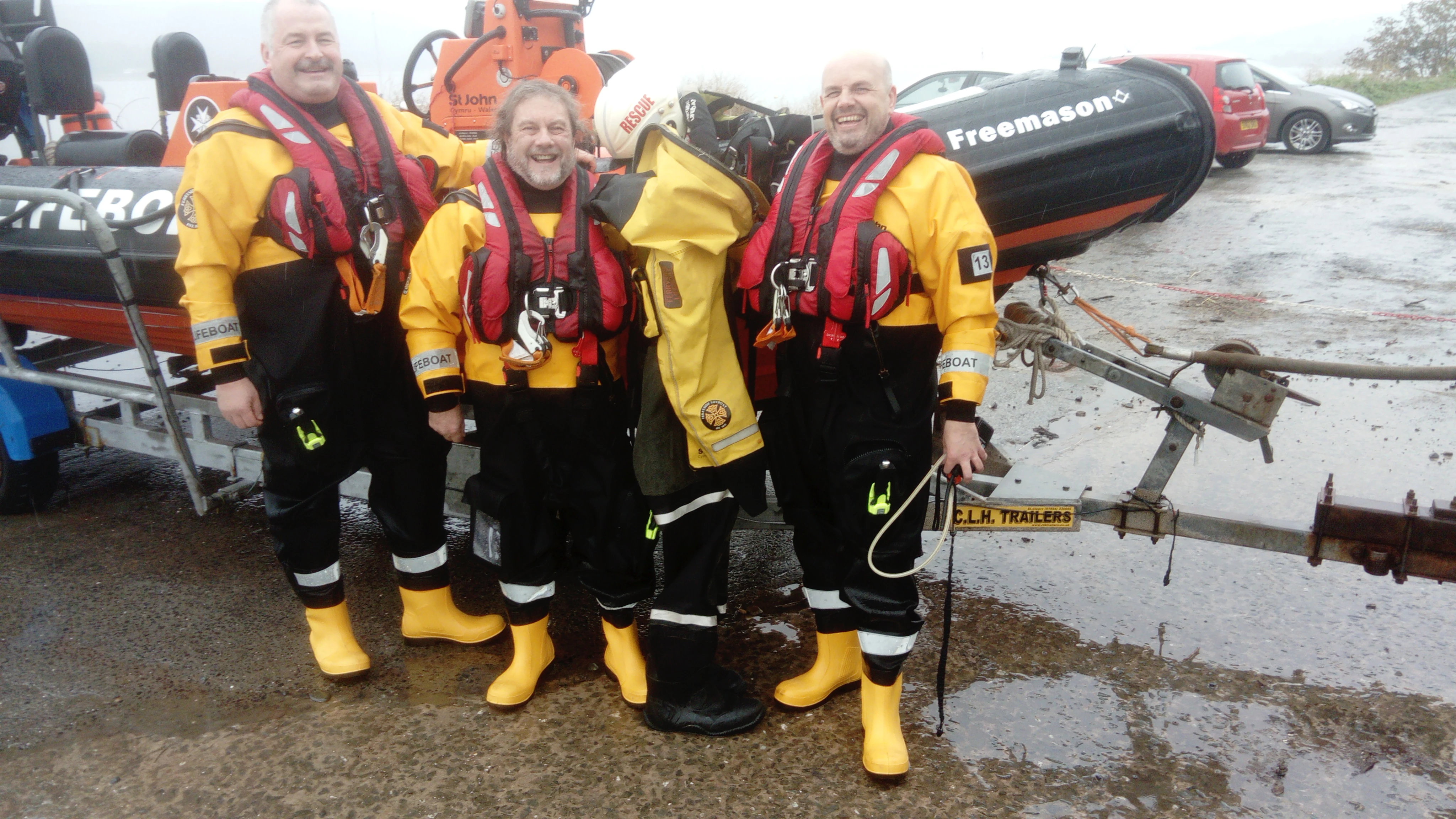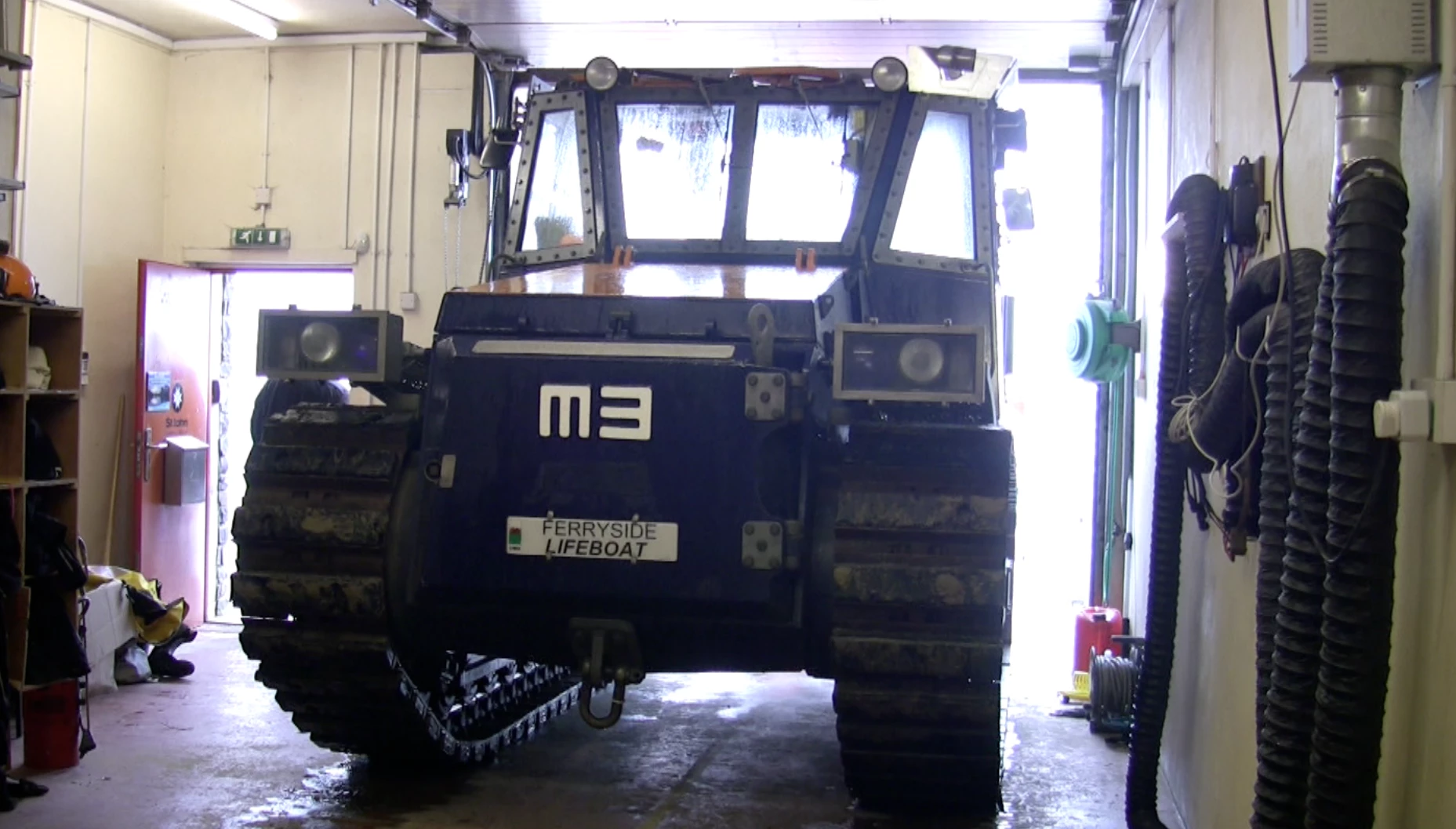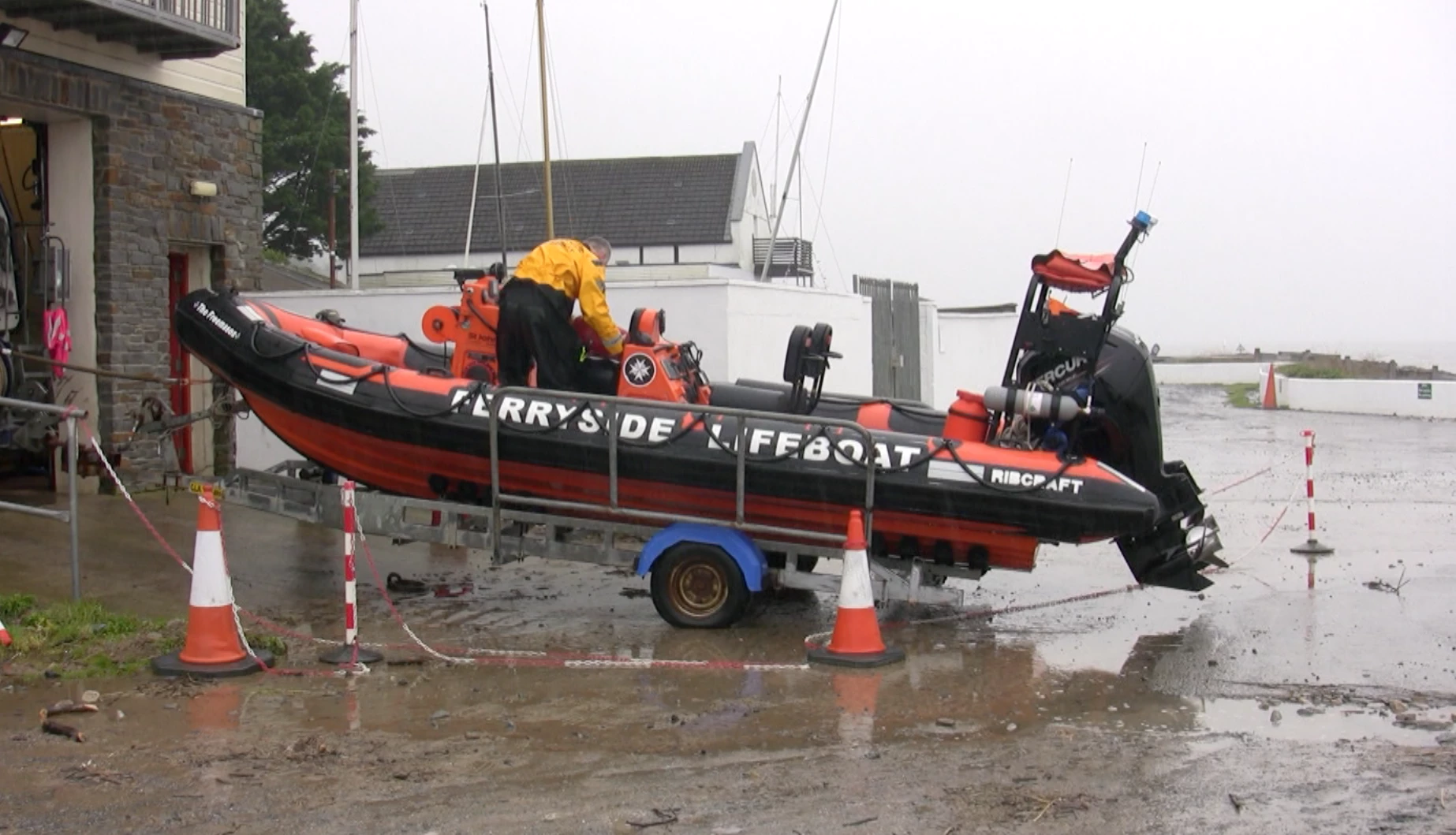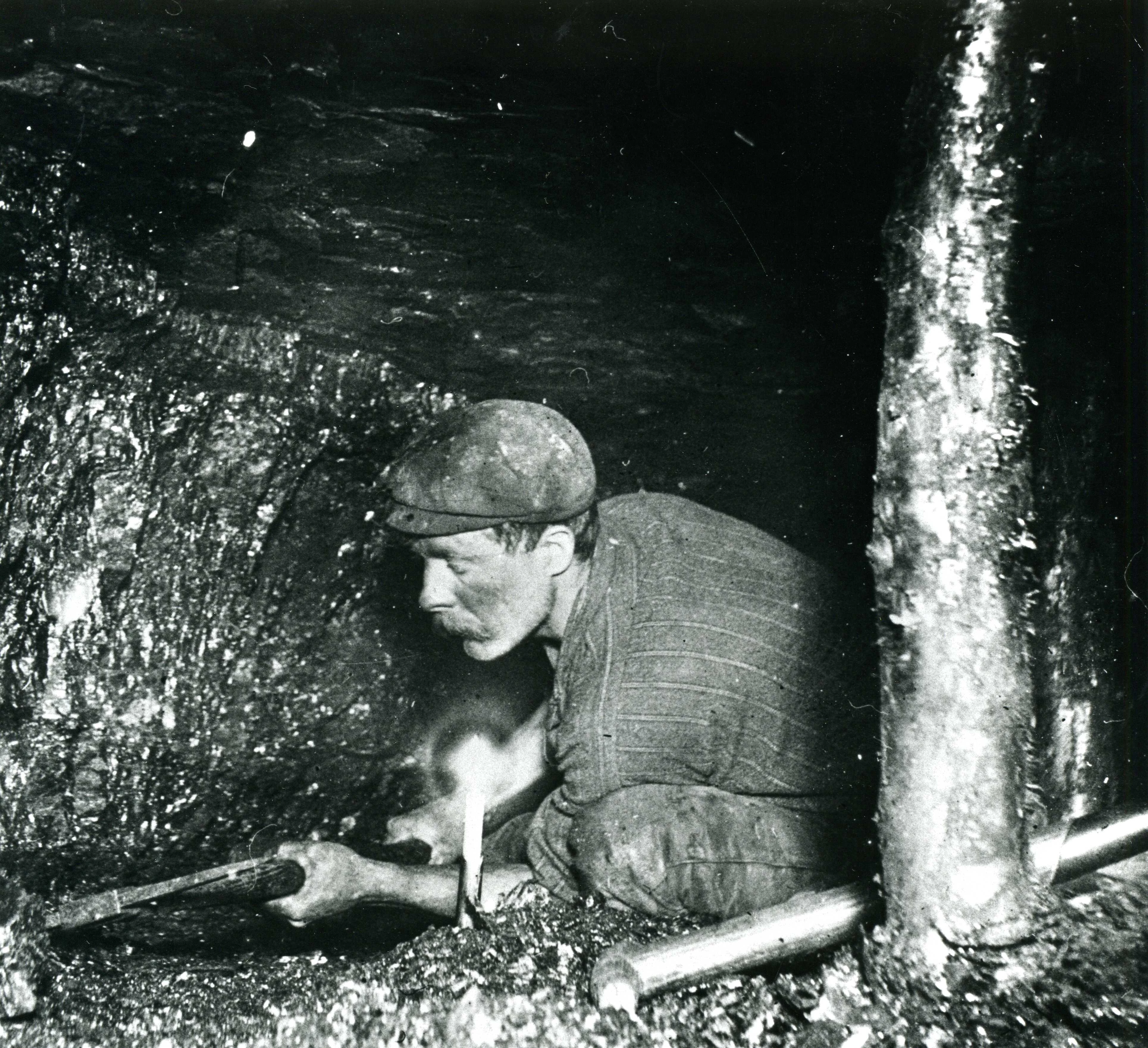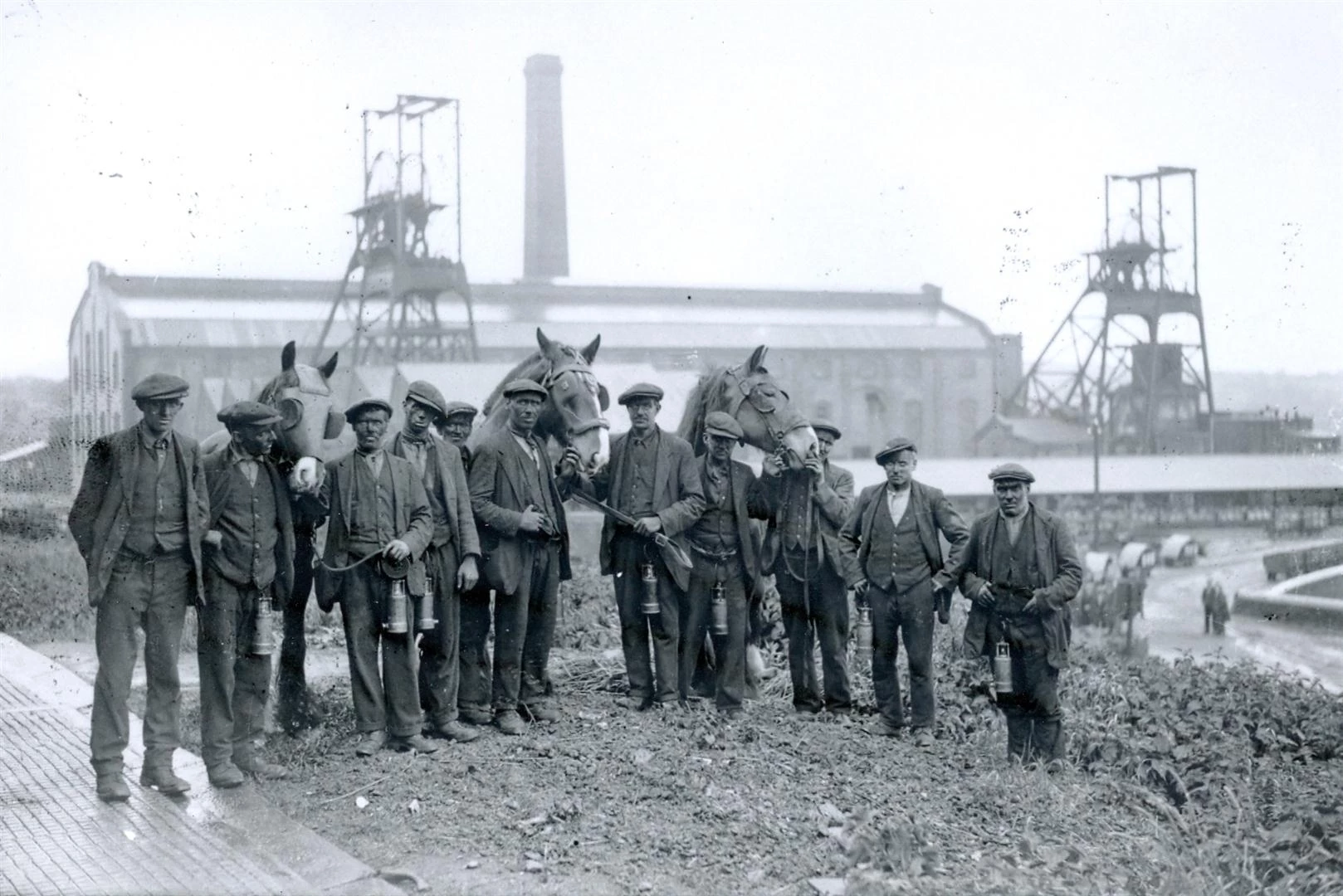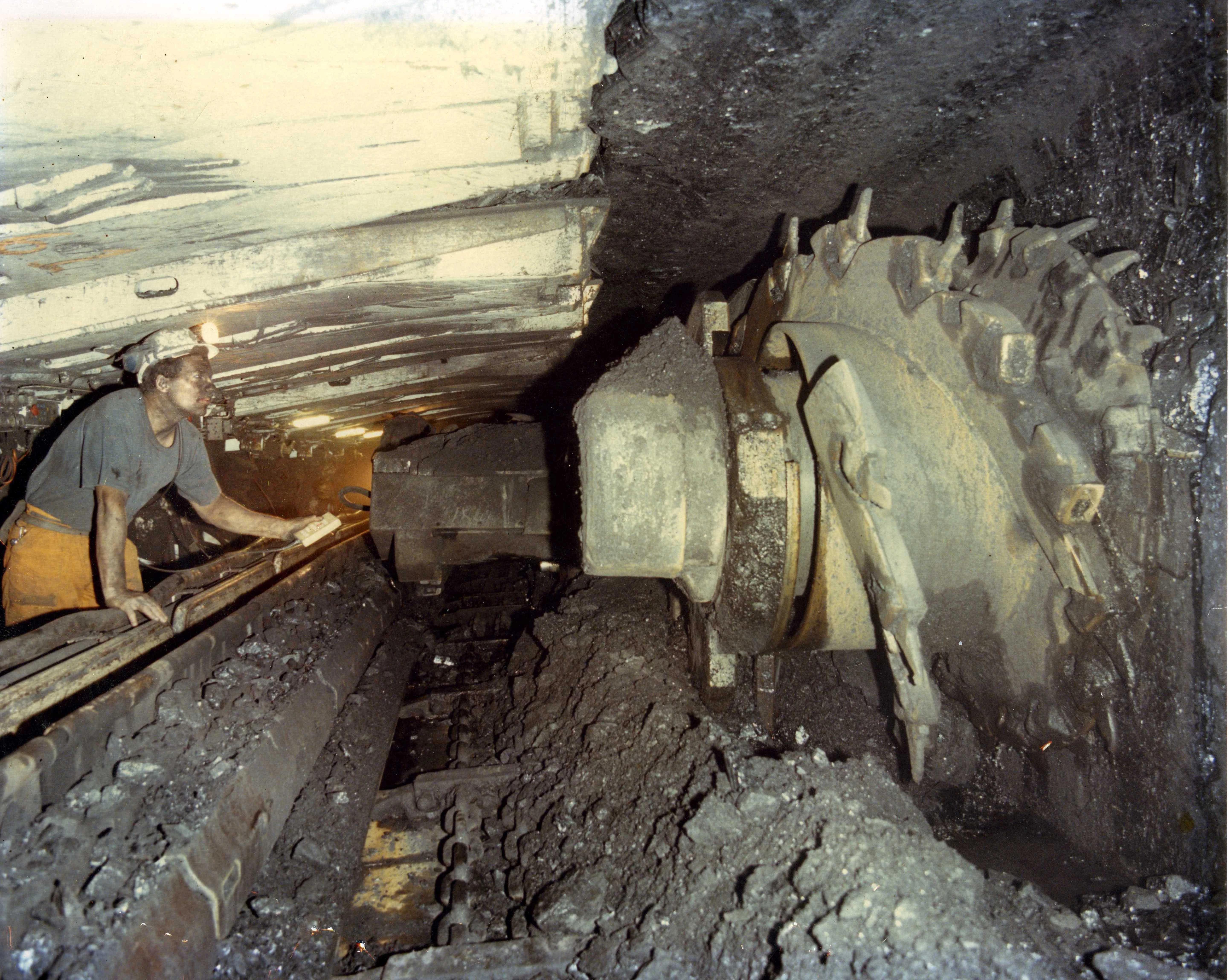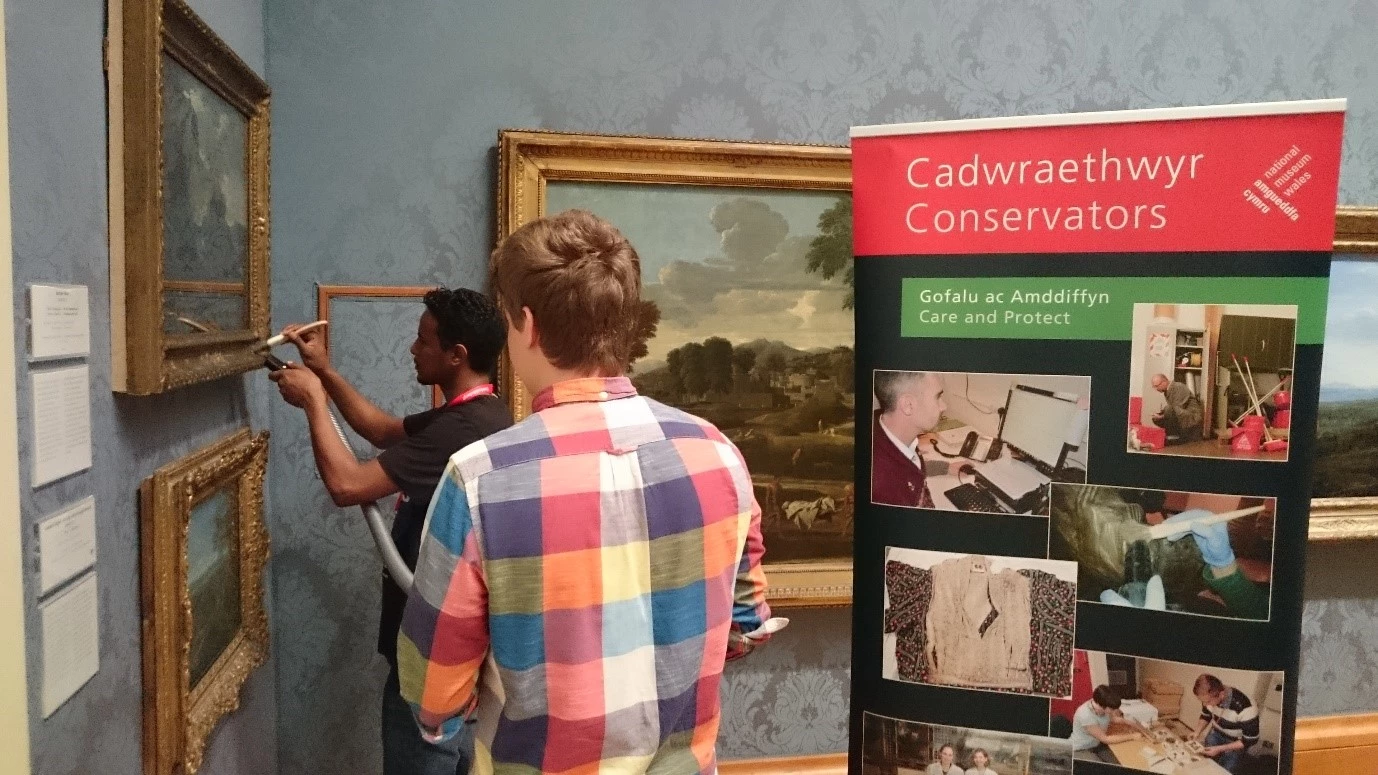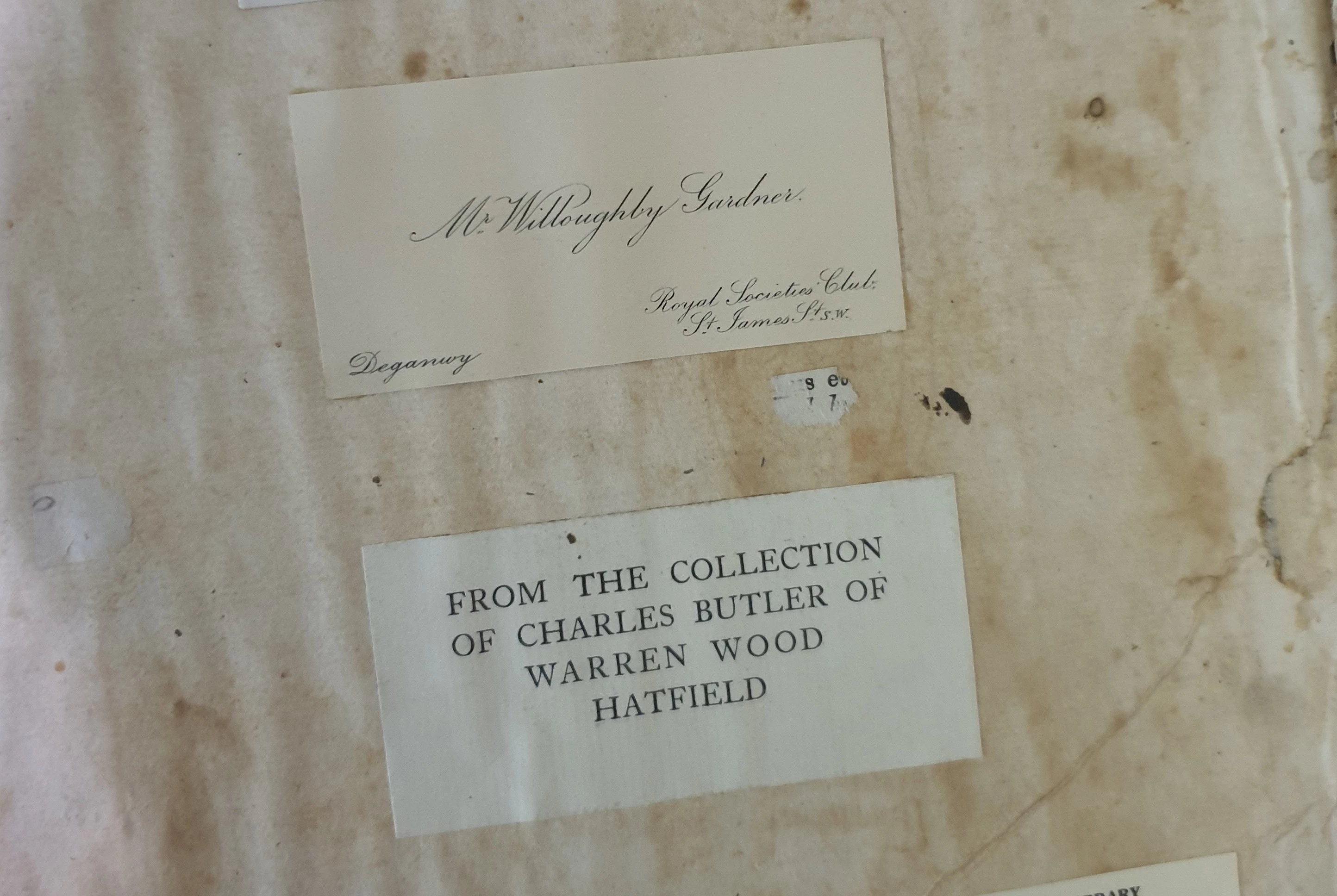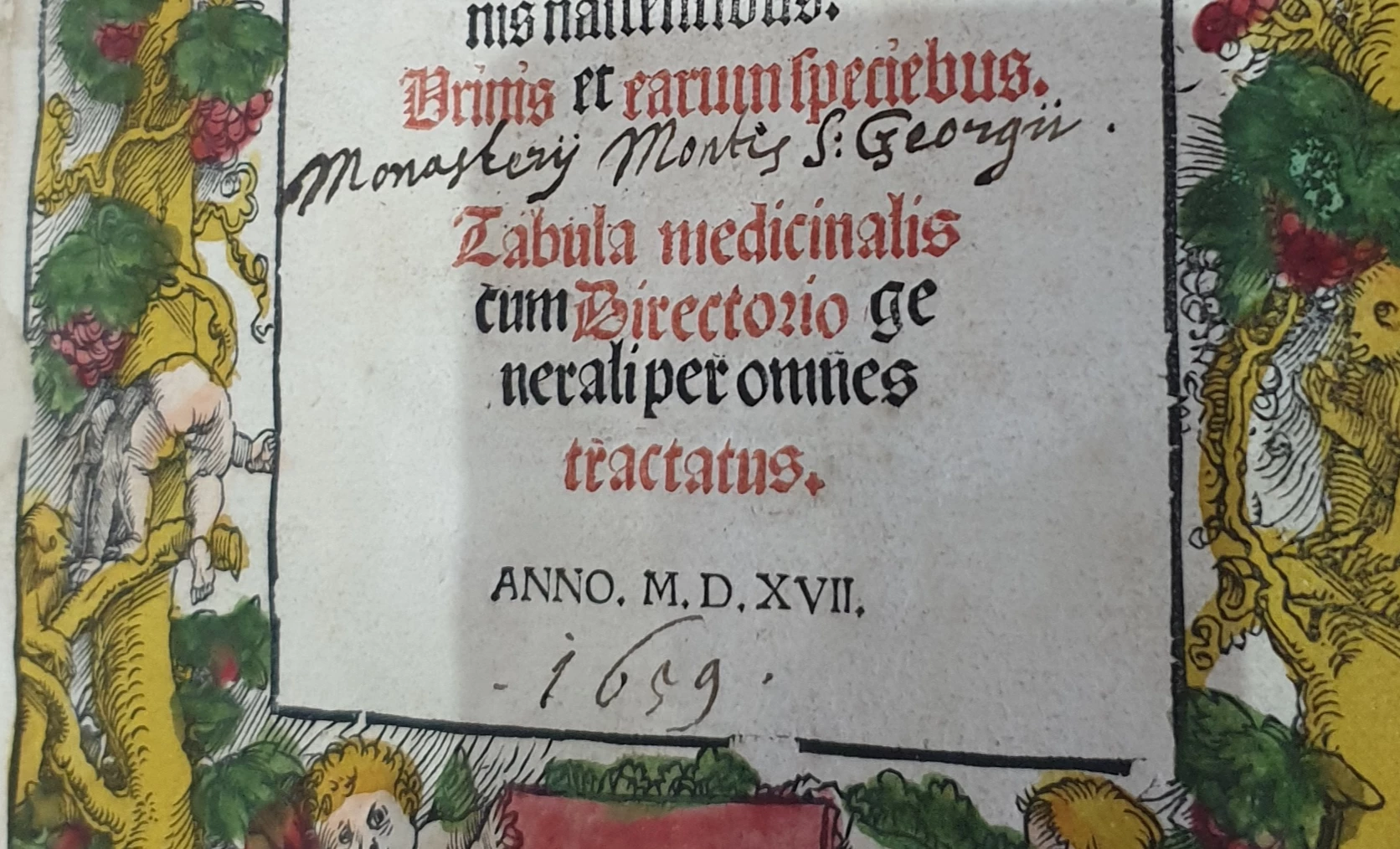Blwyddyn Ryngwladol Tabl Cyfnodol yr Elfennau Cemegol y Cenhedloedd Unedig: Awst – Arsenig
, 21 Hydref 2019
I barhau â Blwyddyn Ryngwladol Tabl Cyfnodol yr Elfennau Cemegol y Cenhedloedd Unedig, rydym wedi dewis arsenig ar gyfer mis Awst.
Cadw’r Bwystfilod – Arsenig a Thacsidermi
Mae’r anifeiliaid tacsidermi yn un o atyniadau mwyaf poblogaidd yr Amgueddfa. Daw’r gair ‘tacsidermi’ o taxis (trefnu) a derma (croen), ac mae’n golygu mowntio neu atgynhyrchu sbesimenau anifeiliaid er mwyn eu harddangos neu eu hastudio.
Mae’r dechneg o greu tacsidermi wedi bod yn datblygu ers dros 300 mlynedd. Yn wreiddiol, doedd y technegau hyn ddim yn cadw’r sbesimenau’n dda iawn, a châi’r mowntiau eu colli oherwydd dirywiad neu drychfilod.
Gwnaed sawl ymgais i wella dulliau cadw, gan ddefnyddio amrywiaeth o ddeunyddiau fel perlysiau, sbeisys a halen ar ffurf powdrau, pastau a thoddiannau. Fodd bynnag, aflwyddiannus oedd y dulliau hyn ar y cyfan.
Yn y 1700au dechreuodd rhai tacsidermwyr ddefnyddio cemegau gwenwynig fel mwynau arsenig neu fercwri clorid i gadw eu sbesimenau. Oherwydd eu natur wenwynig, roedd y cemegau hyn yn atal dirywiad a difrod trychfilod ac yn gwneud i’r tacsidermi bara’n hirach.
Arweiniodd llwyddiant y cemegau hyn at ddatblygu triniaeth ‘sebon arsenig’ i helpu i gadw croen anifeiliaid. Roedd y sebon yn gymysgedd o gamffor, powdr arsenig, halwyn tartar, sebon a phowdr calch – fyddwn i ddim yn defnyddio hwn i ymolchi! Roedd y sebon yn galluogi i’r arsenig weithio mewn ffordd ymarferol drwy rwbio mewn i ochr isaf croen wedi’i lanhau a’i baratoi. Roedd hwn yn ddull poblogaidd iawn ac yn cael ei ddefnyddio mor ddiweddar â’r 1970au.
Nid yw arsenig yn cael ei ddefnyddio fel rhan o’r driniaeth erbyn hyn. Mae hyn oherwydd ei fod yn wenwynig ac yn beryglus i iechyd pobl, ond hefyd oherwydd bod technegau newydd wedi’u darganfod.
Elfen lwyd yr olwg yw arsenig anorganig (As, rhif atomig 33). Mae’n feteloid, sy’n golygu fod ganddo nodweddion metelig ac anfetelig. Mae pobl wedi bod yn ei ddefnyddio mewn amrywiaeth o ffyrdd ers canrifoedd – mewn meddyginiaeth, fel pigment ac fel plaladdwr. Mae arsenig a’i gyfansoddion yn wenwynau cryf iawn, yn ddrwg i’r amgylchedd ac yn garsinogenig. Mae’n wenwynig i bethau byw am ei fod yn tarfu ar weithgarwch ensymau sy’n rhan o gylch egni celloedd byw.
Yw hyn yn golygu fod ein sbesimenau tacsidermi hŷn, sy’n cynnwys arsenig, yn beryglus? Mae hynny’n bosibl os yw’r sbesimen wedi’i ddifrodi ac ochr isaf y croen yn dangos, ond ychydig iawn o risg sydd i sbesimenau cyfan cyn belled â bod camau synhwyrol yn cael eu cymryd megis gwisgo cyfarpar amddiffynnol wrth symud neu wneud gwaith ar sbesimen.
Heddiw, mae’r rhan fwyaf o sbesimenau sy’n cael eu harddangos gennym yn cael eu trin heb ddefnyddio cemegau gwenwynig, ond mae mwy o risg i’r sbesimenau hyn gael eu difrodi gan drychfilod. Felly rydym yn monitro ein casgliadau er mwyn cadw golwg am arwyddion o bla trychfilod, ac yn eu trin gyda dulliau diogel a chynaliadwy megis rhewi os yw hyn yn digwydd.
Ond mae’n rheswm da arall i beidio cyffwrdd y sbesimenau...
